#scottish mythology
Text

The Kelpie by Herbert James Draper (1913)
#herbert james draper#art#paintings#fine art#1910s#1910s art#academism#academicism#academic art#painting#english artist#british artist#mythology#scottish mythology#scottish folklore#kelpie#classic art
10K notes
·
View notes
Photo

The Kelpie Pond by Jaimie Whitbread
1K notes
·
View notes
Text

kelpiieee
1K notes
·
View notes
Text

A page from TILT: SIX TALES by @kroovv!
Caleb is the enthusiastic owner of The Last Stop, a café for spirits passing through to the other side. But when a human finds his way to the café, the staff soon realise that this new customer might not be able to go home.
🐉 Available in print and PDF at quindriepress.com!
564 notes
·
View notes
Text
How To Get Free Books On Folklore
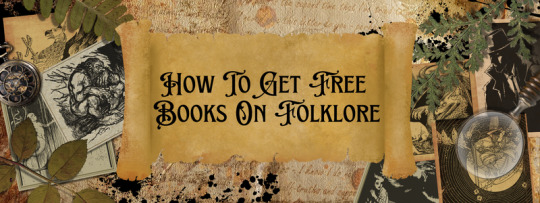
I do not believe in gatekeeping knowledge, so this post will be sharing how I get all my folklore books for free, legally.
To explain, when a book gets over a certain age and the copyright is not upkept, it falls under “public domain.” When that happens, many different websites will provide those books as a free download.
This is not restricted to one type of book, either. You can grab anything from Sherlock Holmes to history books, to folklore, and more.
If you are looking for a specific book, you may have to check more than one source, so I suggest bookmarking more than one website.
Example Websites:
Internet Archive
Project Gutenberg
Google Books
Open Library
Electric Scotland (Scottish books)
Sacred Texts
National Library of Scotland: Ossain Collection
Forgotten Books
Hathitrust
For me when I download a book, I then upload them to my Google library so that I can use the search functions as well as bring up the books anywhere, but a popular PC option isCalibre.
If you are interested in Scotland-specific folklore, I do have some suggestions of books you can start with.
Scottish Folklore Books:
(link) A Dictionary of Fairies: Hobgoblins, Brownies, Bogies, and Other Supernatural Creatures by Katharine Briggs (1976)
(link) Folklore of Scottish Lochs and Springs by James M. Mackinlay (1893)
(link) Superstitions of the Highlands & Islands of Scotland by John Gregorson Campbell (1900)
(link) The Peat-Fire Flame: Folk-Tales and Traditions of the Highlands and Islands by Alasdair Alpin MacGregor (1937)
(link) Notes on Folk-Lore of the North-East of Scotland by Walter Gregor, M.A. (1881)
(link) The Fairy-Faith in Celtic Countries by W.Y. Evans-Wentz (1911)
(link) Witchcraft and Superstitious Record in the South-Western District of Scotland by J. Maxwell Wood (1911)
(link) Witchcraft & Second Sight in the Highlands & Islands of Scotland by John Gregorson Campbell (1902)
(link) Folklore of Scottish Lochs and Springs by James M. Mackinlay (1893)
(link) Folk-Lore From The West of Ross-Shire by C.M. Robertson (1908)
(link) The Fairy Mythology / Illustrative of the Romance and Superstition of Various Countries by Thomas Keightley (1850)
(link) Popular Tales of the West Highlands by John Francis Campbell (1862)
(link) Scottish Fairy and Folk Tales by Sir George Douglas
(link) The Scottish Fairy Book By Elizabeth W. Grierson (1918)
(link)
(link) Popular Superstitions of the Highlands By W Grant Stewart (1823)
#folklore#mythology#myths#lore#scottish folklore#ScottishFolklore#scottish mythology#history#witchcraft#folk magic#folkmagic#paganism#scottish paganism#ResearchResources
3K notes
·
View notes
Text
🐎


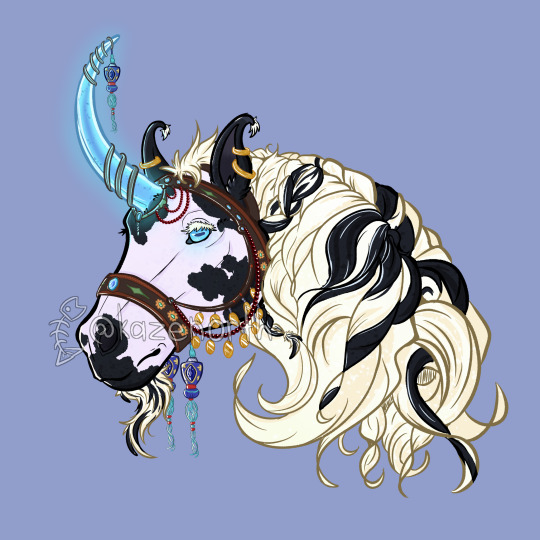
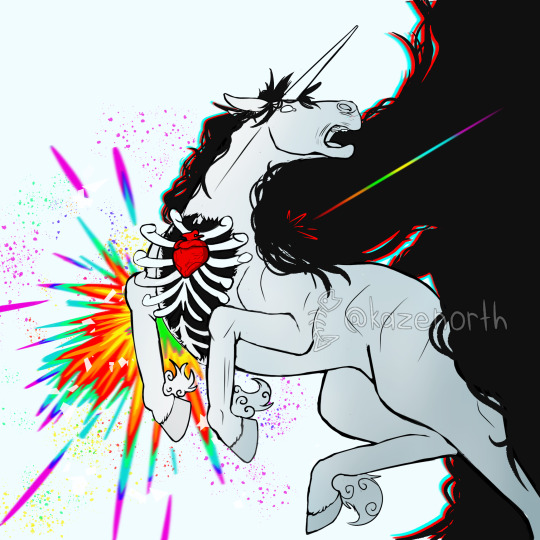
#art#digital art#horses#horse art#equine art#unicorns#unicorn art#kelpie#scottish mythology#norse mythology#rainbow#pride#queer pride#illustration#furryartist#animalartist#animal#animalart#horseart#sleipnir#antifacist#norse runes#scottish kelpie#unicorn#digital artist#digital drawing#digital illustration#animal illustration#blue#red
155 notes
·
View notes
Text

The Tangi [Scottish, Shetland folklore]
There are lots of folktales about supernatural horses that live underwater and entice people into mounting them. Once the victim does so, they find themselves unable to dismount and the horse takes its prey underwater to drown them. The most famous of these creatures are the Scottish Kelpie and the Welsh Ceffyl Dŵr, though there are lots of similar aquatic horse monsters from British, Germanic and Scandinavian folktales. They are related and come from the same root story.
In the Shetland Islands, however, there are two such creatures, and while they are undeniably similar, surprisingly they are said to be two distinct kinds of beings that exist in different habitats. The Njuggel (or ‘Shoopiltee’ in Northern Shetland, among other names) resides in lakes and other fresh bodies of water, whereas the Tangi (also Tangie) is a marine monster. Keep in mind however that this distinction is not set in stone (folklore is hardly an exact science, of course) and in some places the Njuggel and the Tangi are considered to be synonyms.
In the Orkney islands of northern Scotland, the Tangie would appear either as an old human covered in seaweed (true to its name, as the name ‘Tangie’ is likely derived from ‘tang’ which is a local term for seaweed) or as an aquatic horse. This Tangie would jump out at unwary travelers, and it took a particular liking to young women, kidnapping them from the banks of the Scottish lakes and dragging them into the depths to be devoured.
In places where the two are said to be separate monsters, the following distinction is usually made: a Njuggel appears as a white or grey horse with a wheel for a tail that drowns its victims in lakes. A Tangi, on the other hand, is black or dark grey and has no wheel. Tangis are shapeshifting creatures and sometimes appear as cows, other animals, or as humans. When taking the form of a human, a Tangi usually chooses to appear as a handsome young man and seeks out girls to seduce and have sex with. Sometimes they go the extra mile and abduct a girl to marry her. Being associated with the sea, they commonly haunt shores but these creatures make their homes in seaside caverns.
Like its cousin the Njuggel, a Tangi is engulfed in a blue flame when galloping at high speed. Sailors sometimes claimed to have seen one of these creatures as a distant blue flash that raced across the shore.
One old account of these creatures also claimed that they have wings and the uncanny ability to locate any object that fell or was thrown into the ocean, regardless of depth. These claims are not backed by any other sources. However, they do have an important trait that sets them apart from Kelpies, Njuggels, Nixen and the like.
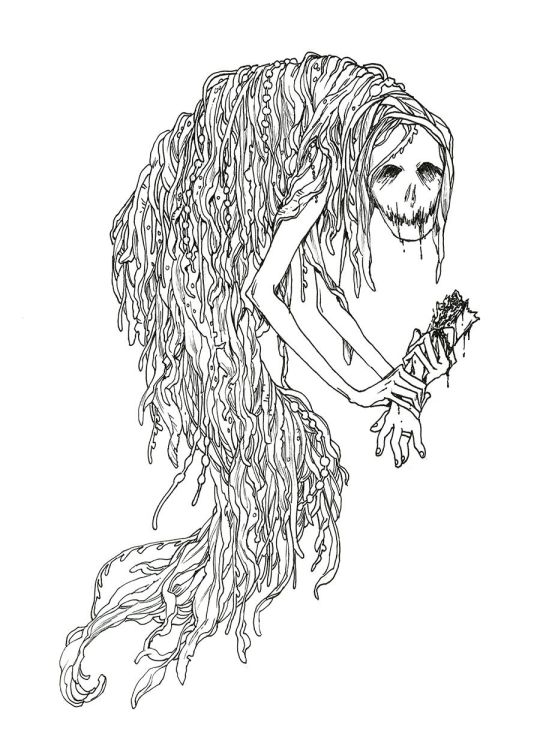
Whereas most Kelpie-like monsters are said to make people mount them and then drown their victims, the Tangi does not need to be mounted. It can cast a spell on its victims by galloping in circles around them. When under the influence of the Tangi’s magic, the victim becomes hypnotized and immediately tries to drown themselves, usually by jumping off a cliff into the ocean. Those who survive find themselves in a dazed state which lasts for a few days at most.
They are not invincible however and share the same weaknesses as the Njuggels: they are afraid of fire, can be injured with iron and lose their power if you utter their name. For example, one story tells of a man who encountered a Tangi. The black horse started running in circles around him but he managed to stab it with an iron knife. The creature ran away and disappeared.
Sources:
Teit, J. A., 1918, Water-beings in Shetlandic Folk-Lore, as Remembered by Shetlanders in British Columbia, The Journal of American Folklore, 31(120), p.180-201.
Lecouteux, C., 2016, Encyclopedia of Norse and Germanic Folklore, Mythology, and Magic.
Monaghan, P., 2004, The Encyclopedia of Celtic Mythology and Folklore, Facts on File Library of Religion and Mythology, 512 pp.
Pérez-Lloréns et al., 2020, Seaweeds in mythology, folklore, poetry and life, Journal of Applied Phycology, 32, 3157-3182.
(image source 1: orig03 on Deviantart. The image actually depicts a black Kelpie, but I figured it’s fine since the Tangi is related and similar)
(image source 2: unknown, sorry)
#Scottish mythology#British mythology#aquatic creatures#monsters#Kelpie#mythical creatures#fey#bestiary
75 notes
·
View notes
Photo

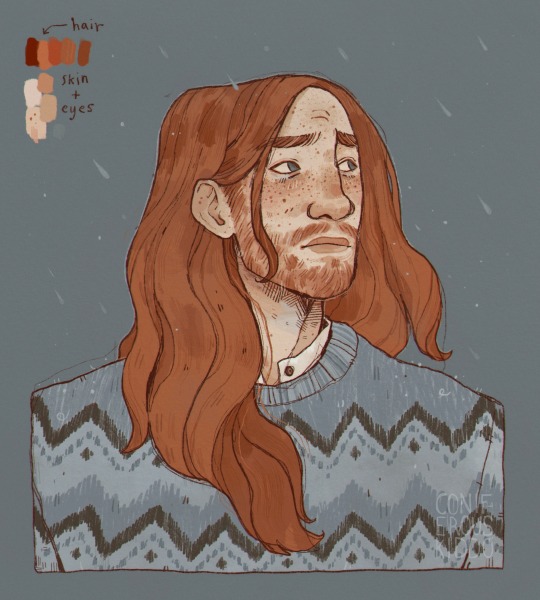
updated designs of my old characters iona and murron 🍂🦭
(murron is transmasc he/him for th most part now, iona’s still transfem and uses she/they/it, mostly she)
also! these are sorta for artfight , the link is in my pinned post
#illustration#digital art#selkie#artists on tumblr#sketches#lgbtq artist#queer art#fantasy art#ocs#trans character#scottish mythology#scotland#t4t#trans art#oc: murron#oc: iona#coniferouskiddo#2022
1K notes
·
View notes
Photo
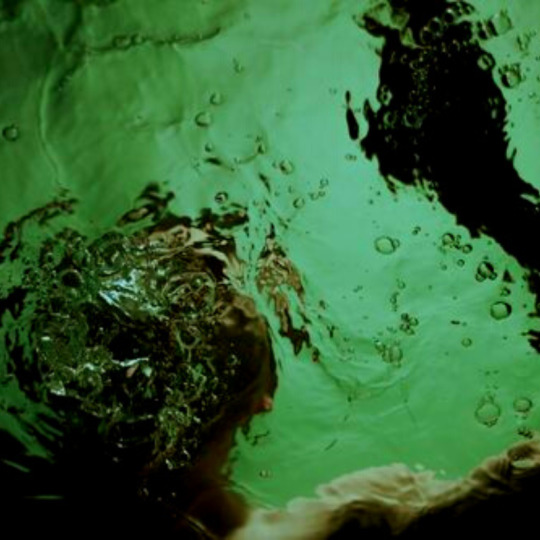
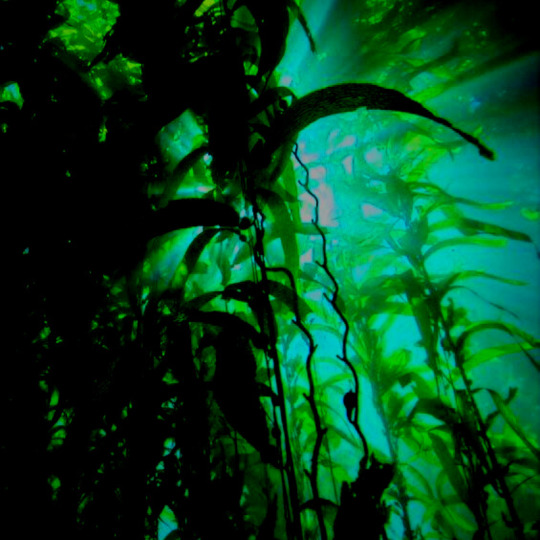
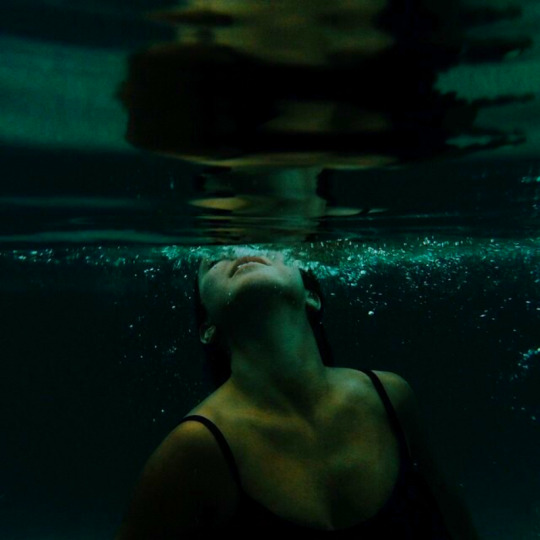

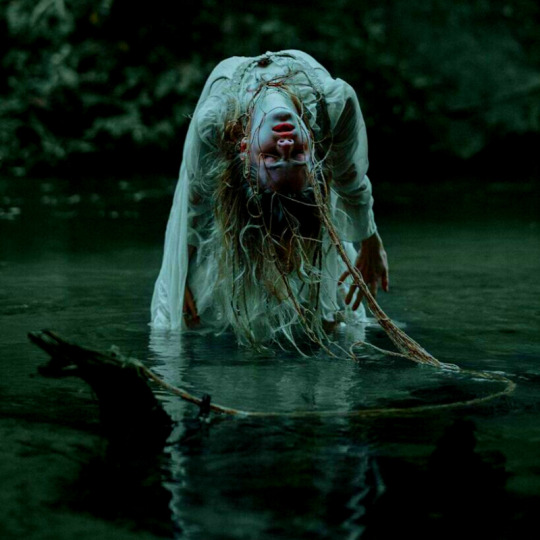
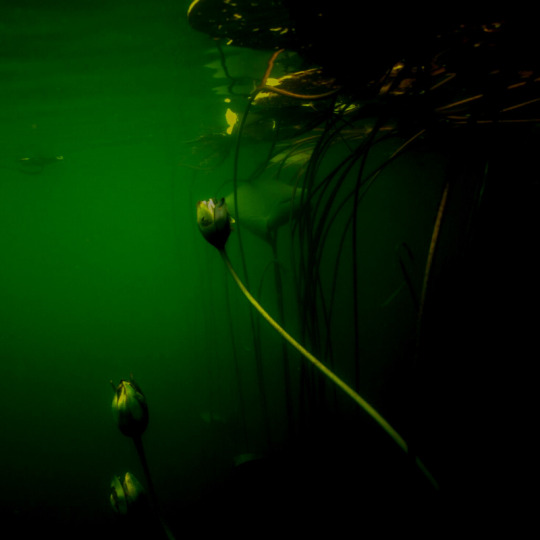



30 days of horror myths: kelpies
kelpie is a shape-shifting spirit inhabiting lochs in scottish folklore. it is usually described as a black horse-like creature, able to adopt human form. some accounts state that the kelpie retains its hooves when appearing as a human. the origins of narratives about the creature are unclear but the practical purpose of keeping children away from dangerous stretches of water.
#scottish mythology#scottish folklore#kelpie#creatures#30 days of horror myths#horror#myths#mythology#scotland
569 notes
·
View notes
Text
Imagine a selkie,
But it's an elephant seal.
Or a walrus if you want to be accurate to location.
Alot of myths would have ended differently if selkies became colossal fighting machines after they got their skins back.
169 notes
·
View notes
Text

And last of the Celtic ones: the Wulver, from the Shetland Islands of Scotland. Unlike a lot of the wolfman myths, Wulver is apparently benign, solitary and just wants to be left alone to fish - occasionally sharing his catch with local widows #HellaWieners
#halloween#hellawieners#hella wieners#halloween 2023#celtic mythology#celtic folklore#scottish mythology#scottish#shetland islands#Shetland folklore#Wulver#werewolf#wolfman#scottish folklore
62 notes
·
View notes
Text

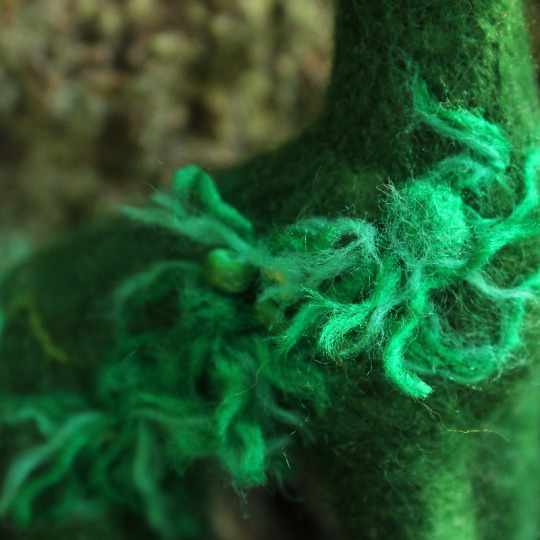
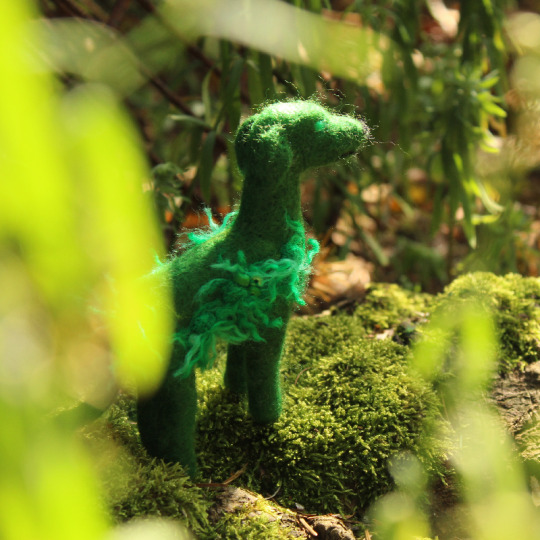
My needle felt cù-sìth (fairy dog) from this week's video :D
#cù-sìth#fairy dog#scottish mythology#cù-sìth scottish myth#needle felt#needle felted#needle felting#sculpture#needle felt dog#mythological dog
51 notes
·
View notes
Text

Selkie by Annie Stegg
58 notes
·
View notes
Text
52 notes
·
View notes
Text
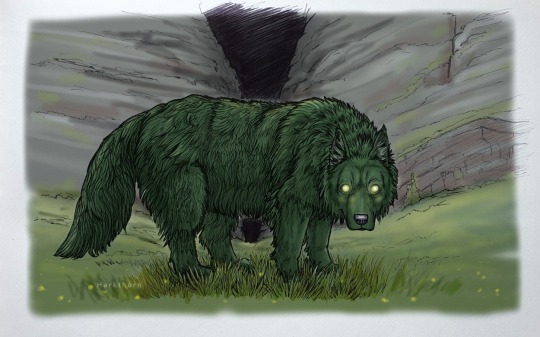
You've likely heard of the cat-sìth, if only because of FF7, but did you know there's also the cù-sìth (coo-shee)?
This is just a messy daily sketch, maybe one day I'll do a proper piece
-2327
#art#sketch#daily sketch#fantasy art#ballpointsketch#dog#fae#cu sith#cù-sìth#gaelic#Gaidhlig#Scottish#Scottish mythology#Highland mythology#myth#folklore#scottish folklore
109 notes
·
View notes
Text
Fairy Deer 🦌

While some fairy folk in Scottish folklore were said to have Fairy Cows, for much of Scotland, the fairies instead raised fairy deer.
“Everywhere in the Highlands, the red-deer are associated with the Fairies, and in some districts, as Lochaber and Mull, are said to be their only cattle.”
Superstitions of the Highlands & Islands of Scotland by John Gregorson Campbell (1900)
The fairies would milk and tend to these deer carefully, and would punish humans for killing a deer.
“When a dead deer is carried home at night the Fairies lay their weight on the bearer’s back, till he feels as if he had a house for a burden. On a penknife, however, being stuck in the deer it becomes very light.”
Superstitions of the Highlands & Islands of Scotland by John Gregorson Campbell (1900)
There are also some fairies that are said to transform into deer (which is not to be confused with a Baobhan Sith, which has the legs of a deer, but the upper body of a woman). In these stories, a fairy is in the guise of a deer.
“In their transformations it was peculiar for the Fairy women to assume the shape of the red-deer, and in that guise they were often encountered by the hunter. “
Superstitions of the Highlands & Islands of Scotland by John Gregorson Campbell (1900)

Historic Audio Recordings:
(link) This song is a fairy lullaby. The composer sees a big strong man passing by with a bow and arrow, and is afraid that he will kill the mother of the young one to whom she sings.According to tradition, the composer was singing to a young deer
(link) This song belongs to the fairy song tradition and was used as a milking song or lullaby. Colin's cattle referred to in the song are the deer.
(link) Ailean Donn spent a year hiding in a cave. He was looked after by a woman who herded the deer. She later saw him in Glasgow, dressed like a gentleman. When she spoke to him, he said she had mistaken him for someone else.

English: Woman carrying a bouquet in the woods, with deer beside her. Date: 1920 Source: The Book of Fairy Poetry
#fairy#scottish folklore#scottishfolklore#mythology#folklore#fairies#scottish mythology#fae#fairytypes#fairy deer#fairydeer#ScottishFairies#Faeries#faery#faerie#MiscScottishFairies
166 notes
·
View notes